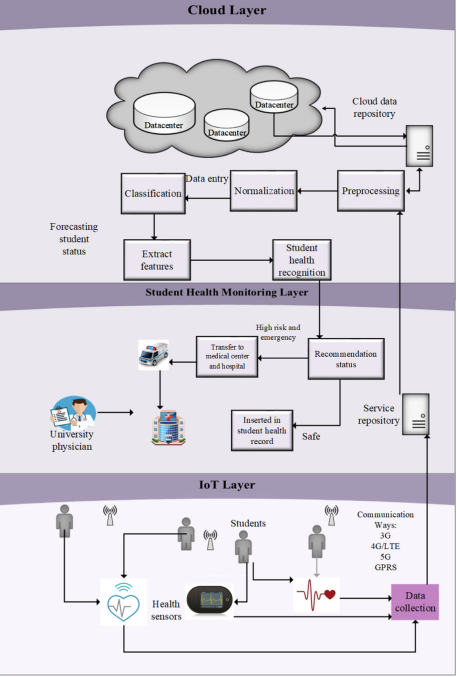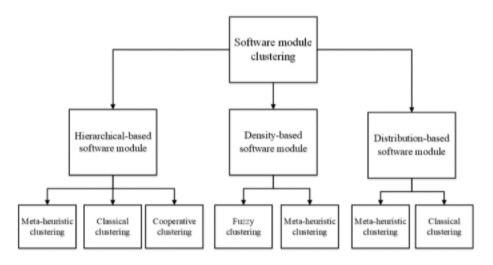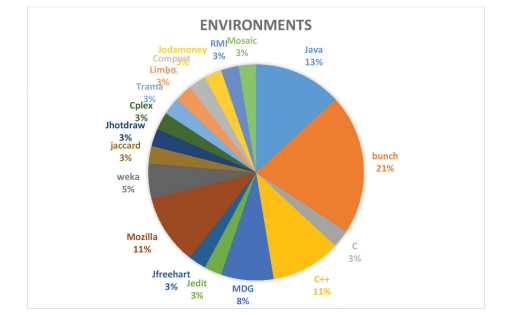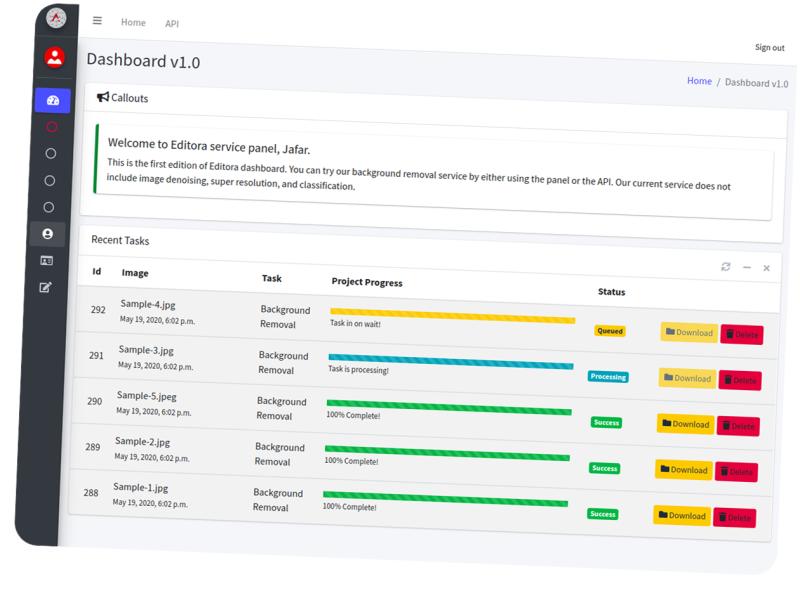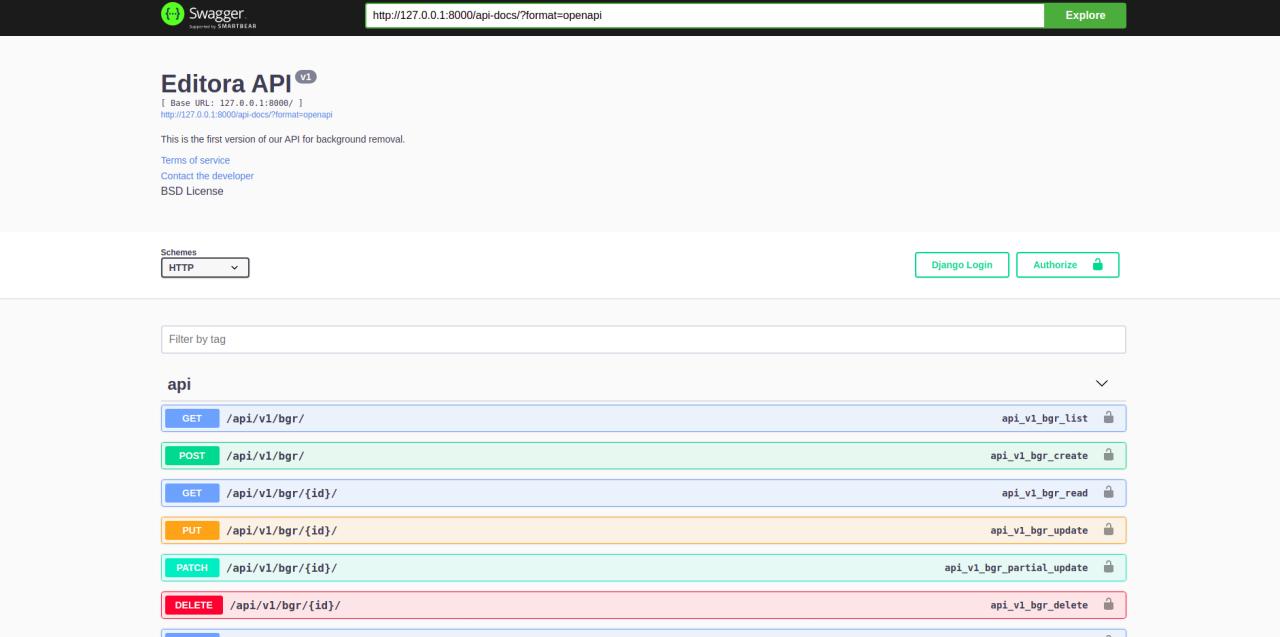Abstract
Advancement in sensor technologies has resulted in rapid evolution of Internet of Things (IoT) applications for developing behavioral and physiological monitoring systems such as IoT-based student healthcare monitoring system. Nowadays, a growing number of students living alone scattered over wide geographical areas, and tracking their health function status is necessary. In this paper, an IoT-based student healthcare monitoring model is proposed to continuously check student vital signs and detect biological and behavioral changes via smart healthcare technologies. In this model, vital data are collected via IoT devices and data analysis is carried out through the machine learning methods for detecting the probable risks of student’s physiological and behavioral changes. The experimental results reveal that the proposed model meets the efficiency and proper accuracy for detecting the students’ condition. After evaluating the proposed model, the support vector machine has achieved the highest accuracy of 99.1% which is a promising result for our purpose. The results outperformed decision tree, random forest, and multilayer perceptron neural network algorithms as well.
Download PDF



